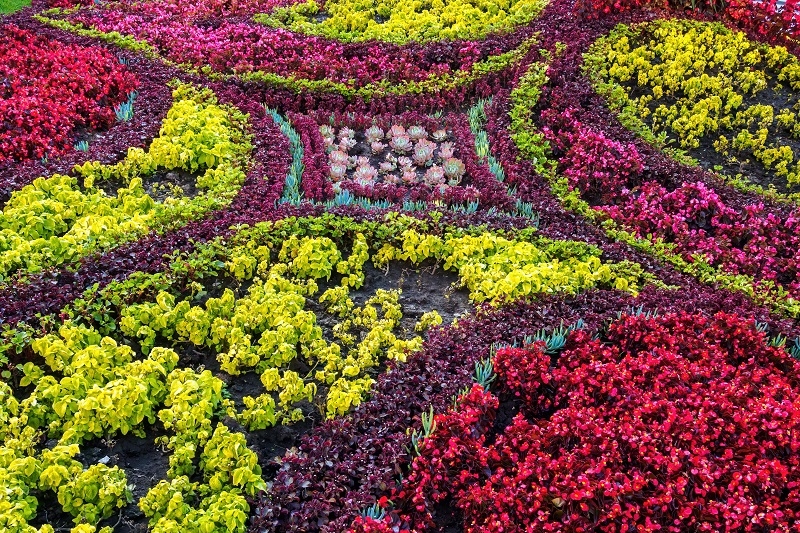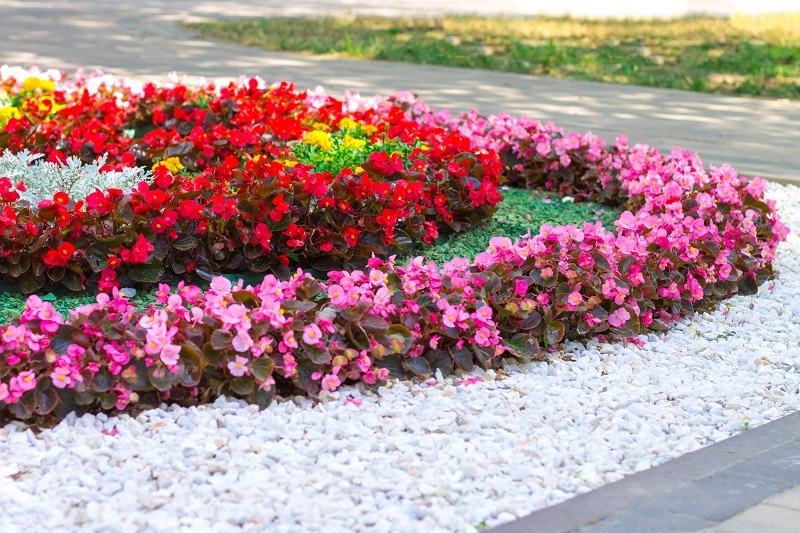
Designing the ideal flower bed is among the most gratifying ways to maximize your outdoor setting. From front yard flower bed designs to flower bed border DIY and vibrant flower bed designs, proper layout and planning can totally renovate your garden. Some homeowners wish for a lush flower bed, but typical flower bed design failures can sabotage the result. That's why principles such as layering flowers in a bed and selecting the appropriate plants are crucial to success.
In this complete guide, we'll cover everything you need to know about flower bed design—whether you want an elegant front-yard feature, a whimsical splash of color, or a basic low-maintenance design.
The basis of any stunning flower bed design starts with intelligent planning. Consider your garden to be a canvas. The soil, sunlight, and surrounding landscape create the backdrop, and flowers and plants are the brushstrokes. Some key things to have in mind:
Take time to arrange flowers in relation to function and you'll have a flowering bed that thrives season after season.
Because your front yard welcomes guests and neighbors, it is an ideal space to showcase creative front yard flower bed ideas. A well-conceived bed will not only look beautiful, but it also enhances property value and lends to curb appeal.
When designing your front yard flower beds, keep seasonal interest in mind. Incorporate spring bulbs, summer perennials, and fall-blooming flowers for year-round color.
A well-groomed flower bed needs tidy edges, and that's where homemade flower bed borders excel. They enclose your design, prevent grass from sneaking in, and emphasize the beauty of your flowers.
Borders aren't just for functionality—they also add to the overall look of your flower bed design. And with a bit of DIY work, you can achieve professional-quality results.

A few things can wake up a garden, like colorful flower bed designs. Effective use of color can impact mood, accentuate your home, and bring harmony to your yard.
The color wheel method is the most effective strategy—plant complementary colors to create tension or analogous colors to create a beautiful mix. Changing colors with the seasons will help provide interesting color schemes in your flower beds throughout the year.
One of the hallmarks of good flower bed design is being able to layer flowers in a bed. When flowers are layered, you create depth (space between layers), interest (visual appeal), and visibility (lines of sight through the height of the plants).
Overall, this prevents tall plants from blocking low-light plants and allows flowers to shine as they should.
Even the most well-formed ideas can be defeated by mere flower bd design errors. Avoiding the following is just as important as following best practices:
Avoiding these mistakes will produce healthy plant growth and, in turn, yield a blossoming flower bed.
Different seasons require different design principles. A beautiful garden, year-round, requires careful forethought regarding plants and planning.
Planning with all four seasons in mind makes for steady beauty and eliminates the color gaps.
Not everyone has hours to spend on gardening. Happily, you can design gorgeous flower bed schemes that are low maintenance.
Low maintenance doesn’t have to be boring. Wise choices can create a manicured element to your yard without too much effort.
Take your garden from good to great with these sophisticated approaches:
These small moves can give your garden a professional designer touch.
A well-developed flower bed is a balance of design and strategy. Whether you're trying to decide on flower bed designs in the front yard, whether you are trying a DIY flower bed border, or if you are just trying to make your garden pop with color with flower bed designs, it's all about planning, layering, and knowing what not to do! If you can layer flowers in a flower bed without making flower bed design mistakes, you can have a vibrant and classic yard! Good gardens don't just happen—they are designed to be good. With this information, you can create a flower bed that reflects your style, helps your house look great, and brings joy year after year.
This content was created by AI